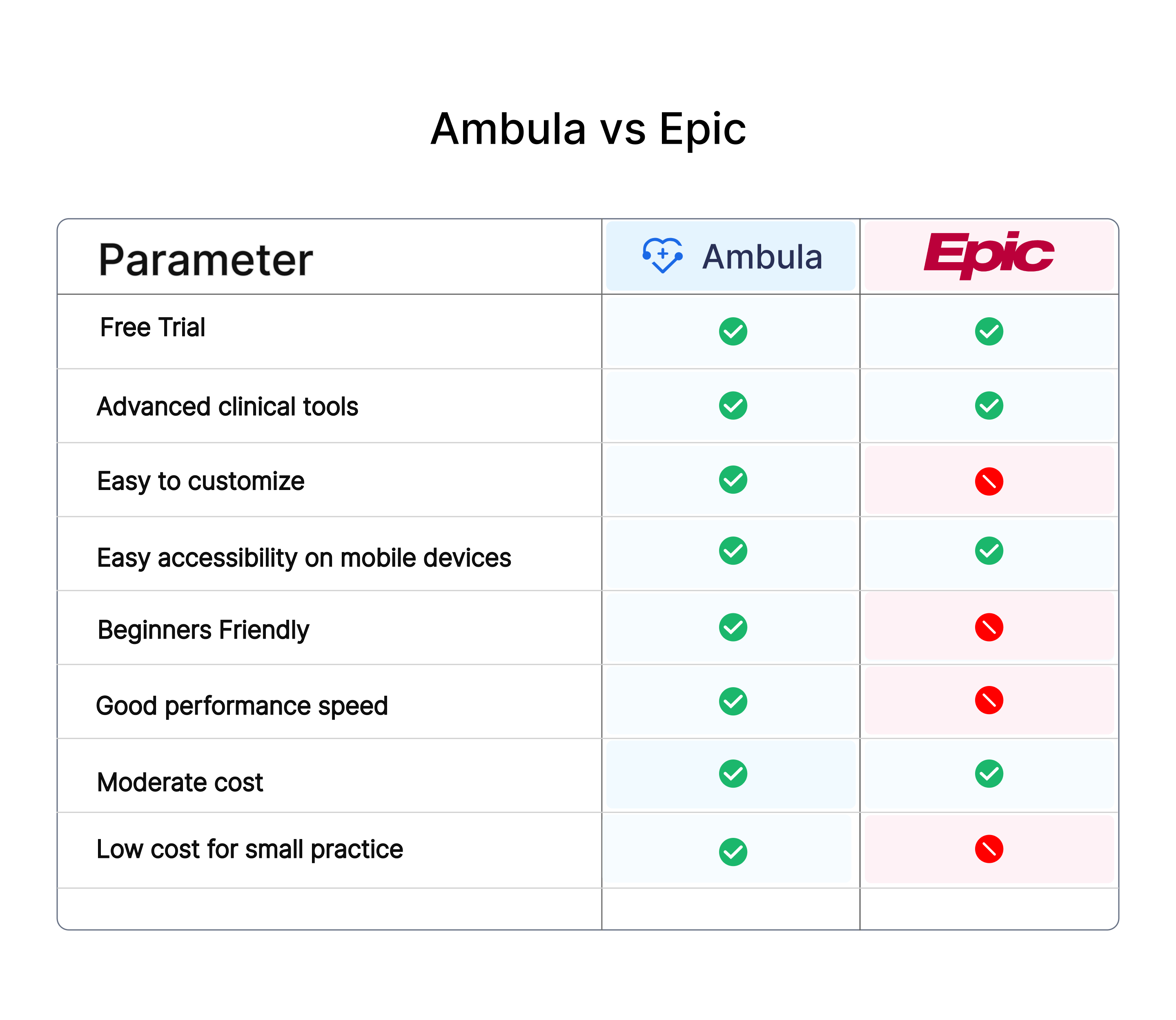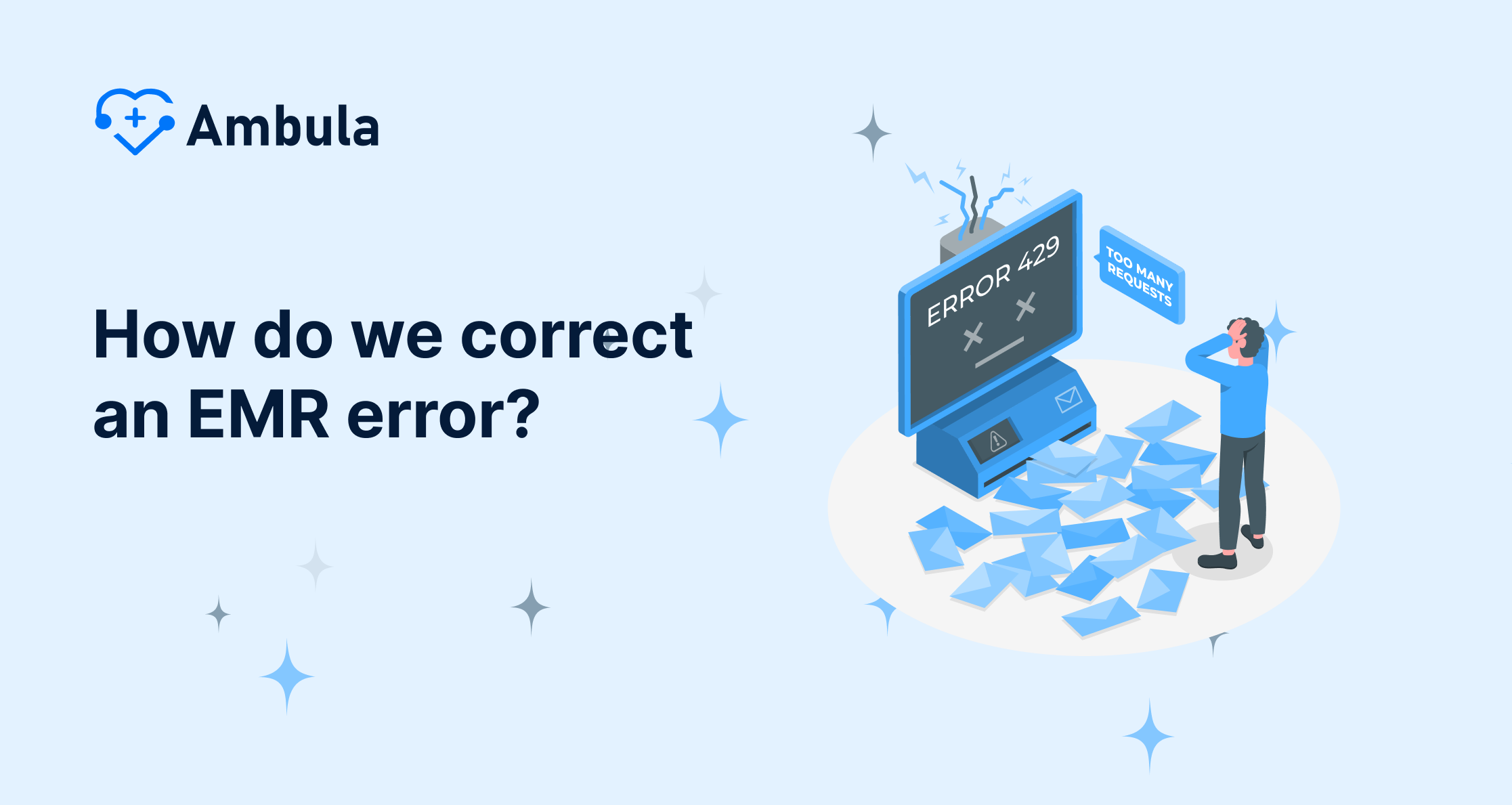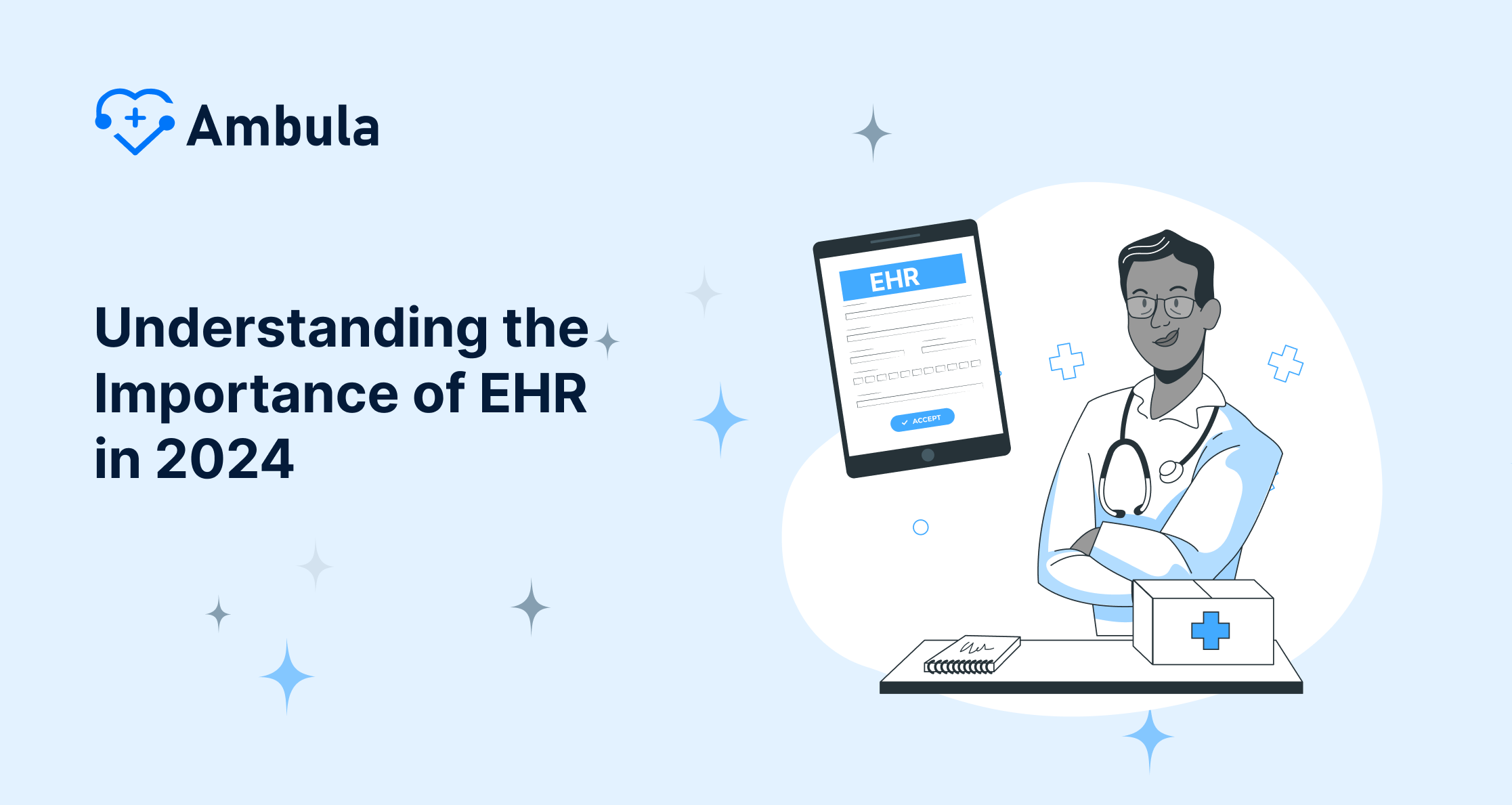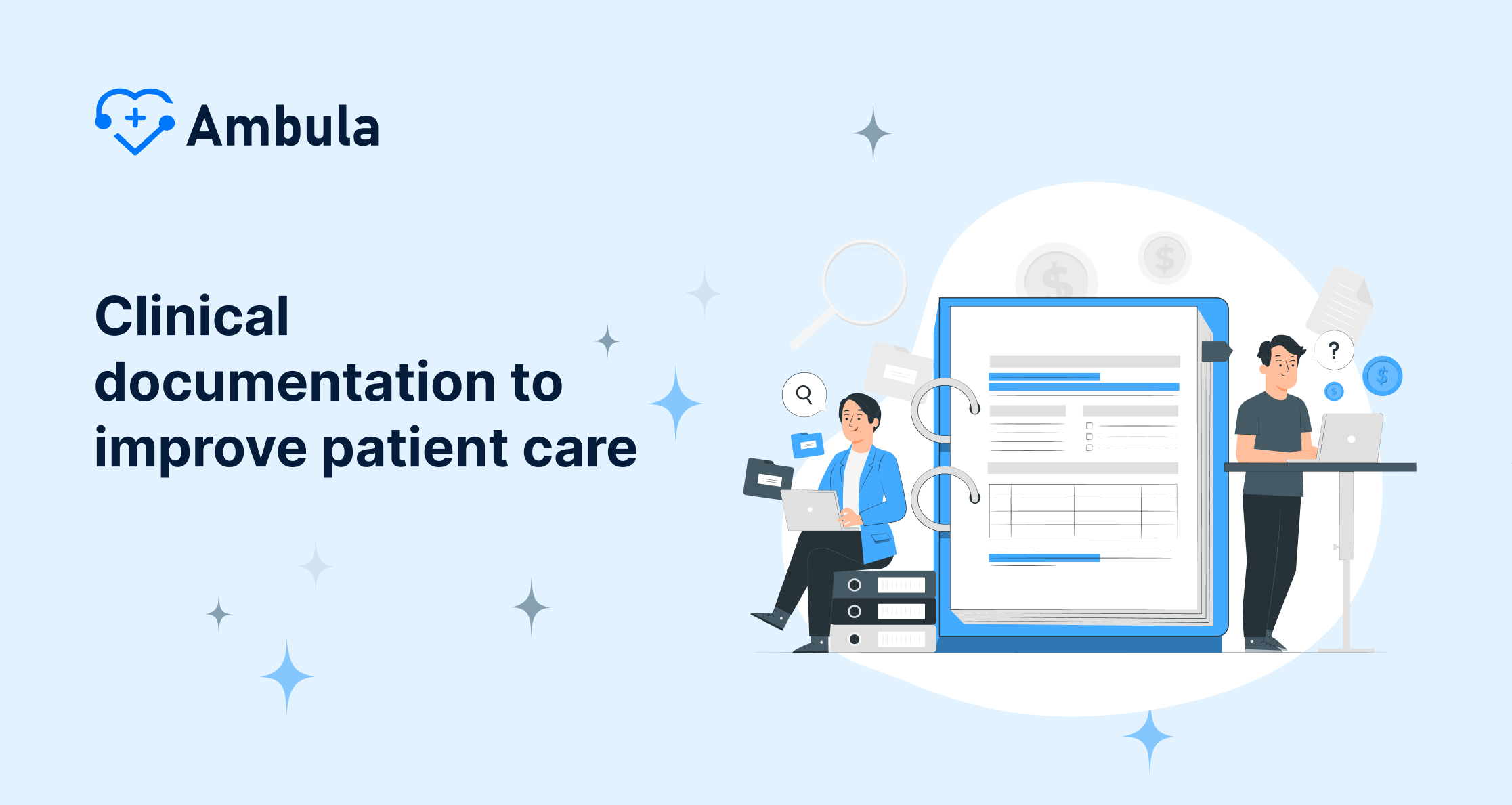Hey everyone! Today I want to chat with you about a topic that can be a bit overwhelming for some – Electronic Medical Records (EMR). If you’ve ever dealt with medical records, you know that they can be a real headache, but they play a significant role in providing the best patient care possible. After all, the end goal here is always to improve patient data and patient engagement.
With so many EMR systems on the market, it’s essential to find the right one for your practice. That’s where I come in! I’ve had the opportunity to use and review many different electronic health record (EHR) systems over the years, including one of today’s leaders in the industry – Epic EMR System.
In this review, I’ll break down the pros and cons of the Epic EMR software, focusing on the core EHR features, and compare it to other healthcare EMR systems on the market.
Table of content
- User-friendly Interface
Standout Features
Patient Engagement and Care
E-Prescriptions
Customer Support Functionality
Cost and Customization Options
Drawbacks and Limitations
Compliance with Government Standards
User-friendly Interface
The main reason why Epic has become a popular choice among healthcare providers is its visually appealing and seamless, easy-to-use interface. The engineers at Epic Systems Corporation have worked hard to create a software that is functional and helps optimize daily workflows while reducing administrative overhead.
Epic’s interface is designed for healthcare professionals with varying levels of technical expertise. Users can easily navigate through patient charts, schedule appointments, and manage medical billing with just a few clicks. This simple and user-friendly experience allows staff members to spend less time fumbling with technology and more time focusing on their patients.
In addition, Epic’s intuitive interface integrates seamlessly with other third-party systems and electronic medical record software, which is crucial for interoperability and maintaining accurate patient data within the healthcare system.
Standout Features
One of the standout features of the Epic EMR system is its comprehensive patient portal, known as MyChart. This cloud-based EHR tool allows patients to access their medical records and manage their health information remotely. They can easily view vital signs, lab results, prescription refills, and other important information from the comfort of their own home.
MyChart also enables patients to schedule appointments, complete questionnaires, and even engage in video visits with their care providers. This level of access and engagement helps empower patients and allows them to take a more active role in their healthcare journey.
Patient Engagement and Care
With numerous telehealth options and digital records, Epic is enabling patients to feel more involved in their healthcare journey. The software offers a comprehensive set of features that go beyond traditional EMR functionality, focusing on improving patient care and outcomes.
For instance, healthcare organizations can use Epic’s Care Everywhere feature to share important clinical information with other healthcare providers, ensuring seamless care transitions and coordination among care teams. The software also allows for remote care monitoring, leveraging mobile devices and wearables to track patient vital signs and report any irregularities in real time.
With Epic EMR, healthcare providers can deliver personalized care plans, track patient progress, and provide better follow-up care – all of which contribute to better health outcomes.
E-Prescriptions
The e-prescriptions feature in Epic EMR simplifies writing and managing prescriptions. Providers can electronically prescribe medications, ensuring accurate dosing, drug interaction checks, and access to the patient’s records. The electronic prescriptions can then be sent directly to the patient’s pharmacy, reducing the risk of errors and delays.
This feature also helps streamline the prescription refill process. Patients can request prescription refills through their patient portal, and providers can review and approve the requests, all from within the Epic software.
Customer Support Functionality
Quality customer support is crucial for any software, especially in the healthcare industry, where timely access to critical information can impact patient care. Epic has earned a favorable reputation for providing responsive, knowledgeable, and reliable customer support.
Epic offers various support channels, including phone, email, and online forums. They also provide a comprehensive knowledge base and in-person training to help users maximize their system’s potential. The quality of their customer support is an essential component of Epic’s overall value proposition.
Cost and Customization Options
Although Epic EMR might not be the most cost-effective option for smaller practices or independent providers, it’s important to factor in the software’s numerous customization options and comprehensive feature set. The system is scalable and suitable for organizations of all sizes, from small practices to large hospitals.
For many healthcare providers, the investment in Epic software is justified by the potential to streamline processes, improve patient care, and reduce administrative overhead. The system’s overall return on investment (ROI) often outweighs the initial cost.
Drawbacks and Limitations
Like any software, Epic EMR has its limitations. Some larger healthcare organizations may find that Epic doesn’t have all the features they need, and the software can require a significant amount of customization to fit their specific requirements. Implementing and customizing the software can be a time-consuming and resource-intensive process.
Moreover, some users have reported that Epic’s extensive feature set can be overwhelming at times, with a steep learning curve for staff members who are new to the platform. This can lead to a slower adoption rate and the need for additional training and support.
However, healthcare providers looking for an efficient, user-friendly core EMR system will find Epic EMR effectively addresses many of their needs.
Compliance with Government Standards
we wouldn’t want to use software that doesn’t follow the necessary regulations, right? That could lead to big headaches, not to mention potential legal issues for healthcare providers.
This is where Epic EMR truly shines. Epic Systems folks ensure their software is fully compliant with government standards such as HIPAA and Meaningful Use. What does that mean for you? Well, it’s pretty simple—when you choose Epic, you can rest easy knowing you’re using software with all its ducks in a row.
But wait, there’s more! Epic EMR isn’t just focused on meeting the minimum requirements. They’re constantly improving their software to stay ahead of the curve regarding new healthcare regulations and protocols. This forward-thinking approach means you can have confidence in the ever-evolving landscape of healthcare IT.
So, if you’re looking for an EHR system that doesn’t just meet government standards but goes above and beyond, you’re in luck with Epic EMR. With its commitment to compliance and continuous improvement, it makes sure you can focus on what really matters—providing top-notch patient care!

Why Physicians Should Choose Ambula EMR Over Epic
Ambula EMR is designed to meet the specific needs of surgery centers, providing comprehensive clinical solutions that streamline workflows and enhance patient care. Here’s why physicians should consider Ambula EMR over Epic:
Unlike Epic, which is known for its high costs and resource-intensive requirements, Ambula EMR offers an affordable solution tailored to the budget constraints of small clinics and surgery centers. This cost-efficiency allows smaller healthcare providers to access advanced EMR capabilities without the financial burden associated with Epic.
Ambula EMR includes specialized features that cater specifically to the workflow and documentation needs of surgical centers. This ensures a more efficient and effective clinical practice, enhancing the overall quality of patient care.
Ambula EMR boasts an intuitive and easy-to-navigate interface, significantly reducing the learning curve for new users. This contrasts with Epic, which can be complex and challenging to navigate for beginners without extensive training.
With Ambula EMR, users can easily manage and manipulate clinical data, including advanced functionalities for analyzing and graphing lab results. This capability is crucial for surgical centers that require precise and detailed data handling.




